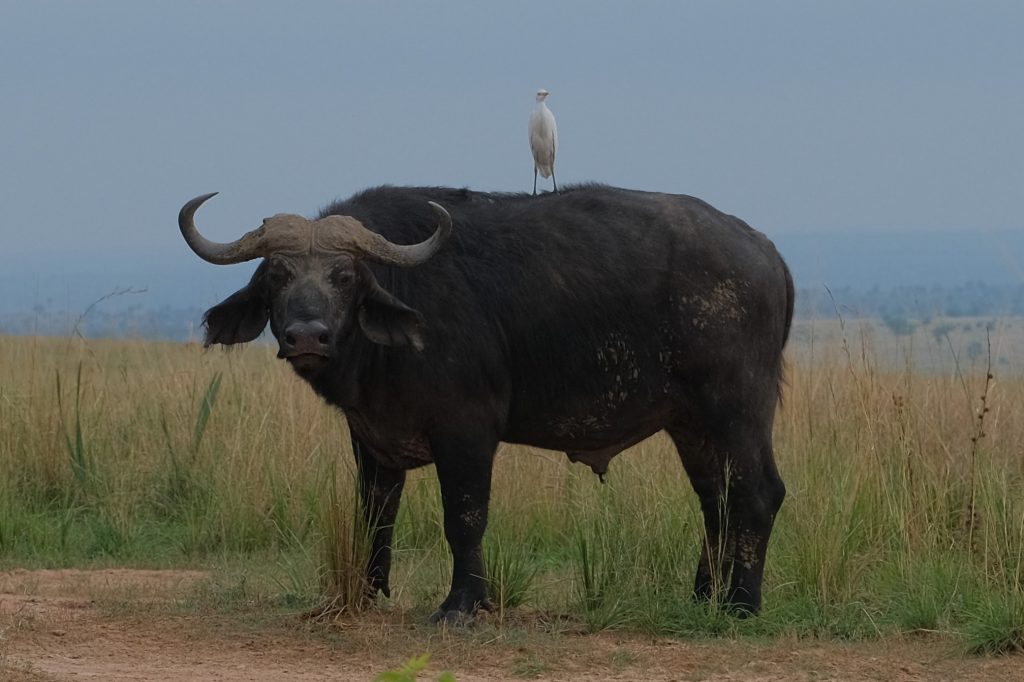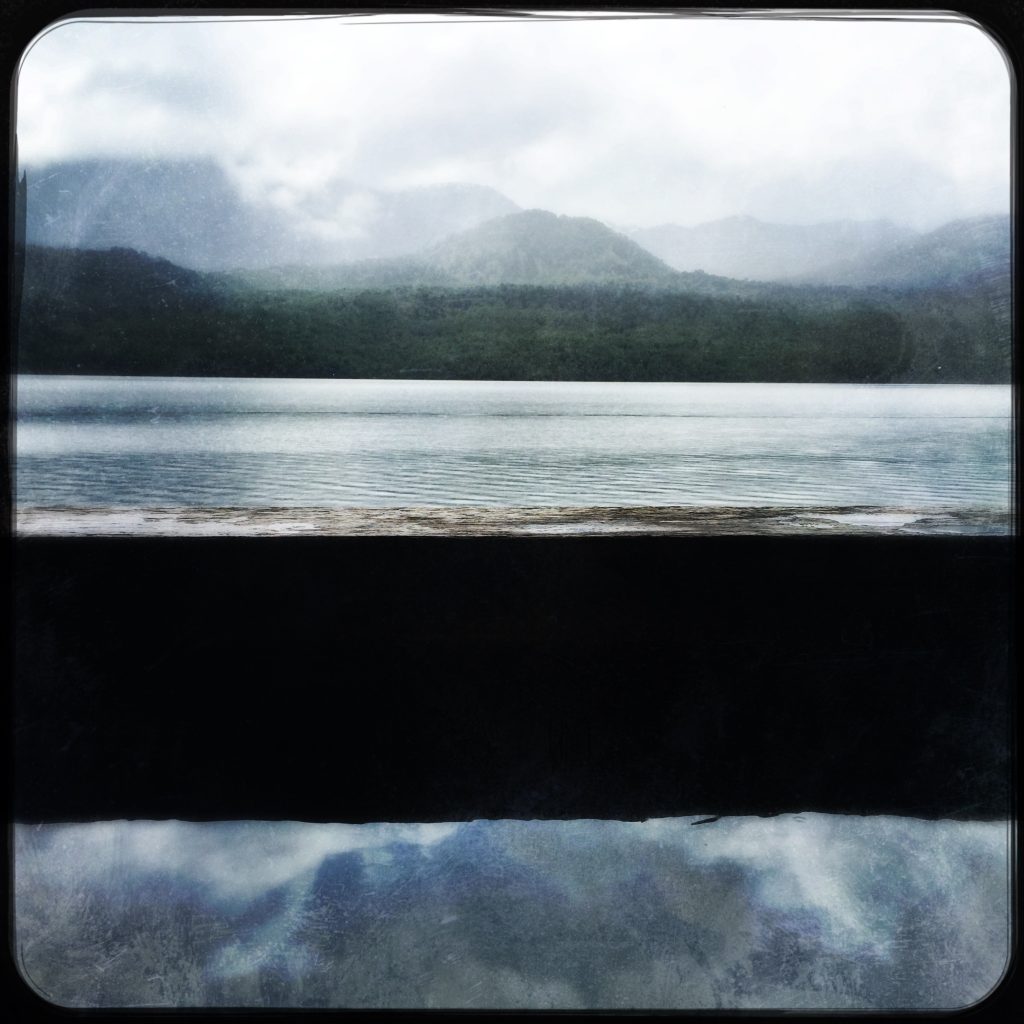
Feb 29 2020
By Siri
In Uganda we went to Murchison Falls National Park for Safari, we went on a walk in the rhino sanctuary and on some games drives when I got to ride standing up through the sun-roof like a giraffe. We learned some amazing animal facts, here are just a few.
Hippopotamus are the 3rd largest land mammal on earth and their closest relatives are whales and dolphins. A group is called a pod or a bloat that spends most of the day in water and graze in the cool hours. Hippos are good swimmers and can stay under water for 6 min
Southern White Rhinos have a wide (not white) mouth; it is not white but grey. A Rhino group is called a crash and can run up to 28 mph crashing through the grassland. They are the second largest land mammal and eat 120 pounds of grass a day. Northern white Rhinos are now extinct due to poaching. In 1895 southern white rhinos were thought extinct but they found 100 in south Africa and after over a hundred years of protection and management, like at Ziwa sanctuary we visited, they are making a comeback.
Nile Crocodile group is called a bask. A croc can stay under water for 45 minutes and pull prey down to drown them. Nile crocs can grow as long in length as a giraffe is tall – 20 feet
Rothschild Giraffes group is called a tower. Males have darker coloring pattern than females. Male Giraffes grow to 19 feet and 8 inches tall and can run up to 37 mph
Baboon group is troop they are the largest monkeys. When a female is ready to mate her bottom becomes red and swollen as give a sign to the males, they can run up to 28 mph
Lion groups are called prides. Lionesses do most of the hunting because they are faster, running up to 50 mph. Their eyes have round pupils (not like house cats) that let in more light for night hunting. A males lion roar can be heard 5 miles away

Water buffalo groups are called gangs or an obstinacy. Water buffalo are plants eaters. They bathe in mud for sunscreen and insect repellent and have special hooves, so they do not sink in. Egrets ride on their backs eating the ticks and bugs on their bodies
Elephant groups are called a herd or a memory. Elephants have the longest memory of animals; they will visit family graves sites they can recognize friends and enemies from long ago. Elephants can make many sounds; their low rumble can be heard for 6 miles and the “listening” elephants hear the sound with their sensitive fatty feet.
Wart hogs don’t need that much water, and graze but can be omnivorous so they are more resistant to climate changes. Matriarchal groups are called sounders. Their tusks are large canine teeth used for defense and they can run up to 31 mph.
Colobus monkies are arboreal, living in the forest canopy where they can eat foliage toxic to other animals. They use branches as trampolines, bouncing up and down to get lift off for leaps up to 50 feet! Their tail is almost as long as its body which helps with balance. Gestation takes 5 months in the womb and babies are completely white when born and slowly get black color.
Hartebeest can reach up to 43 miles an hour. They are very forgetful and even forget that they are chased by a predator and may stop to graze – which is good for the predator.
Grey Crested cranes are Uganda’s national bird and they like to hide with cattle so predators can’t spot them easily. They roost in trees and both parents help build the nest and raise their chick which can run as soon as they hatch.
We saw many other birds and animals and hope to safari again to see and learn about even more.
